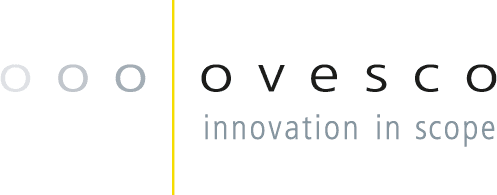Bauder M et al., Department of Gastroenterology and Oncology, Ludwigsburg Hospital, Ludwigsburg, Germany, presented a clinical study evaluating OTSC removal with the remOVE System.
OTSC (or FTRD) removal may be indicated when OTSC/FTRD-associated complications occur, when the clip was misplaced, re-therapy after full-thickness resection is needed or an OTSC-fixed stent has to be removed.
The remOVE System is a bipolar grasping device with which short direct current (DC) impulses can be applied to cut the OTSC at two opposing sites. The DC impulses are delivered by a special electric generator connected to the grasping device. The bipolar grasper can be advanced through a 2.8 mm endoscope working channel. Its tip consists of three electrodes that are brought in contact with the thinnest parts of the nitinol clip. Application of DC impulses then selectively heat up and melt the nitinol. As soon as the clip is cut or the contact to the nitinol is lost during the cutting process, an integrated safety feature automatically stops the current flow.
In the next step, OTSC fragments are extracted with a standard forceps. For extraction, a plastic cap at the tip of the endoscope is used to avoid tissue damage.
Data of all consecutive patients with indication for OTSC removal were collected and analysed retrospectively. Between 12/2012 and 02/2016, a total of 42 OTSC removals in the upper (n=25) and lower (n=17) gastrointestinal tract have been performed. Overall technical success, defined as cutting the OTSC at two opposing sites and extraction of both fragments, was achieved in 92.9 % (39/42) of all cases. Successful fragmentation of the OTSC was achieved in 97.6 % (41/42). Minor bleedings were rare and could be managed endoscopically in all cases. There were no perforations and no major or delayed bleedings.
The authors concluded that endoscopic OTSC removal with the remOVE System is feasible, safe and effective. The technique can be applied in the upper and lower gastrointestinal tract.
Endoscopic removal of over-the-scope clips: Clinical experience with a bipolar cutting device
Bauder M, Meier B, Caca K, Schmid A (2017)
United European Gastroenterol J 2017 Jun; 5(4):479-484


 Deutsch
Deutsch  Français
Français 